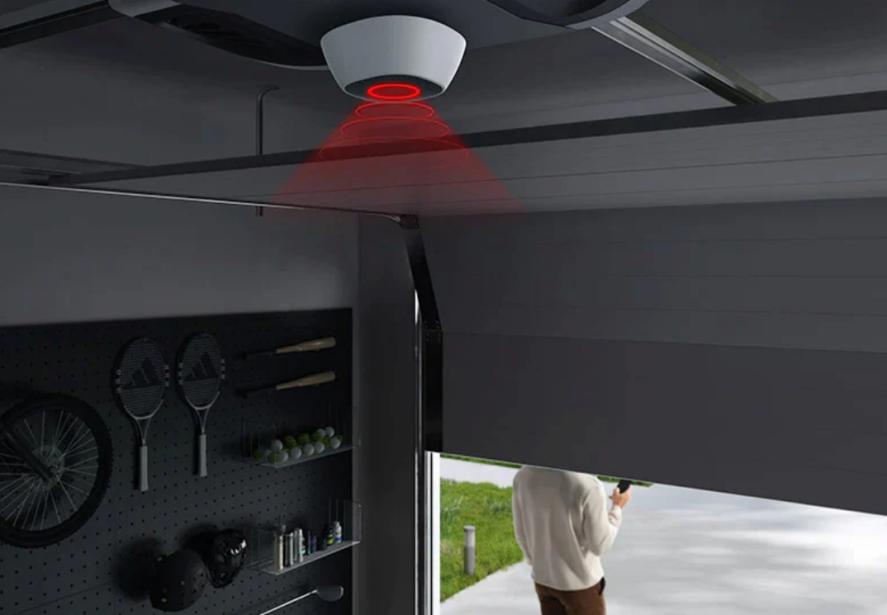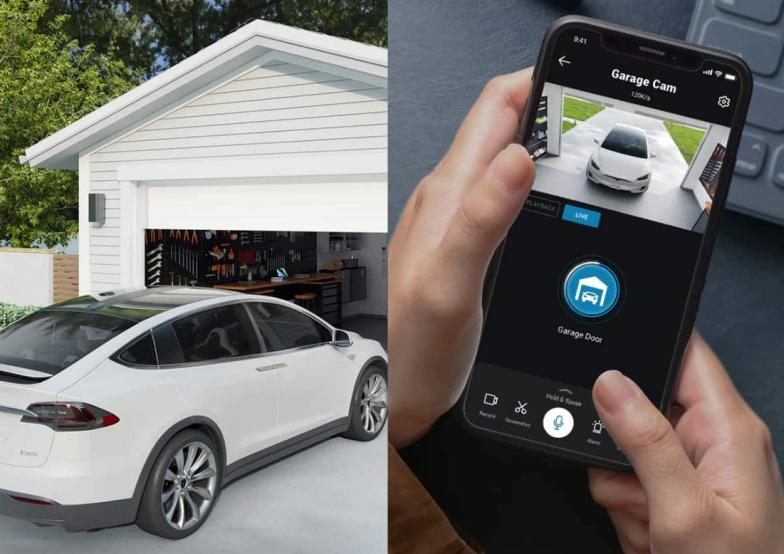Garage door sensors are a critical component of modern garage doors, designed to ensure safety by preventing the door from closing when an obstacle is detected. However, there are times when knowing how to bypass garage door sensors becomes necessary, especially when troubleshooting sensor malfunctions or dealing with obstructions that cause inconvenience. This guide provides step-by-step instructions on how to bypass your garage door sensors temporarily. Please note, that while this can be a handy solution, always prioritize safety and consider reinstating the sensors as soon as possible.

What Are Garage Door Sensors, and Why Bypass Them?
How Do Garage Door Sensors Work?
Garage door sensors are small devices located near the floor on either side of the garage door. They emit an infrared beam to detect obstacles. When the beam is disrupted, the sensors trigger a signal to the garage door opener to stop and reverse its direction, preventing potential injuries or damage. This safety mechanism ensures that the door only closes when the pathway is clear, making it an essential feature of modern garage systems.
Why Might You Need to Bypass Sensors?
Bypassing garage door sensors might become necessary due to several reasons. Often, misalignment, dirt, or obstructions can cause the sensors to malfunction, preventing the door from operating correctly. In such cases, temporarily bypassing the sensors allows you to open or close the garage door manually. Additionally, faulty wiring or sensor damage could necessitate bypassing, allowing for door operation while troubleshooting or waiting for replacements.
Are There Safety Concerns with Bypassing Sensors?
Bypassing garage door sensors can compromise the safety features of your garage door. Without functional sensors, there's a risk of the door closing on objects, pets, or even people. This can lead to injuries or property damage. It's essential to ensure the pathway is clear each time you operate the door manually after bypassing the sensors. Consider this a temporary solution and prioritize fixing or replacing the sensors to restore full safety functionality.
How to Bypass Garage Door Sensors: A Step-by-Step Guide
Step 1: Inspect the Sensor System for Issues
Begin by inspecting your sensor system for obvious issues. Check for misaligned sensors, loose wiring, or dirt and debris blocking the sensor lenses. Align the sensors correctly by ensuring the LED lights on both units are steadily lit. Clean the lenses with a soft cloth to remove any dust or cobwebs. This preliminary step may resolve the issue without needing to bypass the sensors.
Step 2: Temporarily Disconnect the Sensors
If the sensors still malfunction after inspection, you might need to disconnect them temporarily. Locate the sensors' wires connected to the garage door opener system. Carefully unplug these wires, which will allow you to bypass the sensor system. This disconnection should be done with the power to the garage door opener turned off to avoid electrical hazards.
Step 3: Reinstall or Reset the Sensors After Bypassing
After temporarily operating the door with sensors bypassed, it's crucial to reinstall or reset the sensors. Reconnect the sensor wires to the garage door opener and ensure they are properly aligned and clean. Turn the power back on and check if the sensors' LED lights are steady, indicating proper function. If issues persist, consider consulting a professional or replacing the sensors to restore optimal safety features.

What Are the Risks of Leaving Sensors Bypassed?
How Bypassing Affects Your Garage Door Safety Features
Bypassing your garage door sensors disables the automatic obstruction detection feature, significantly compromising safety. The door can close on objects, pets, and people, potentially causing injuries or damage. The absence of this safety protocol makes manual vigilance crucial, as the door will not automatically reverse upon contact with an obstacle.
Can It Cause Permanent Damage to the System?
Permanent damage to the garage door system can occur if sensors remain bypassed for prolonged periods. The door mechanism relies on sensor input for safe operation. Extended periods without this input may stress other components, leading to potential failures or the need for more frequent maintenance. Always aim to reinstate sensor functionality as soon as possible.
When Should You Reinstall Garage Door Sensors?
Reinstall garage door sensors immediately after temporary bypassing, especially if you have completed necessary repairs or troubleshooting. Sensor reinstatement is critical for maintaining safety. If new sensors are required, replace them promptly to ensure your garage door operates with all safety features intact.
Conclusion
Bypassing garage door sensors can provide a temporary fix for operational issues, but it is not a long-term solution. Prioritize safety by ensuring that the pathway is clear when the sensors are bypassed and commit to repairing or replacing faulty sensors promptly. Restoring full functionality of your garage door sensors maintains safety for everyone and ensures reliable door operation. Always exercise caution and, when in doubt, seek professional assistance to avoid risks associated with bypassing safety features.
